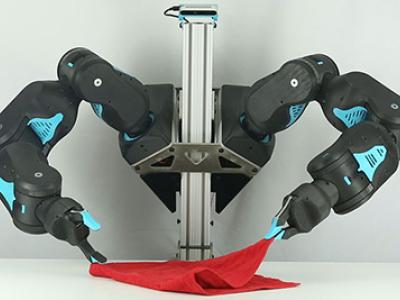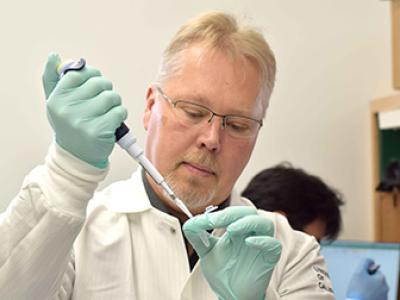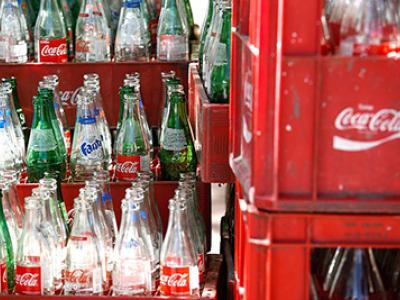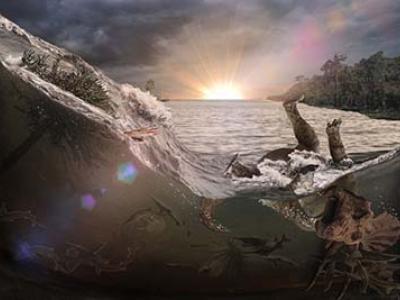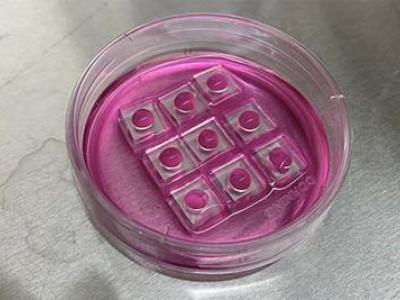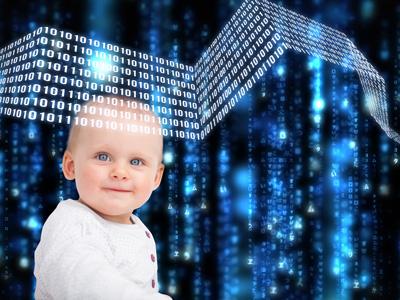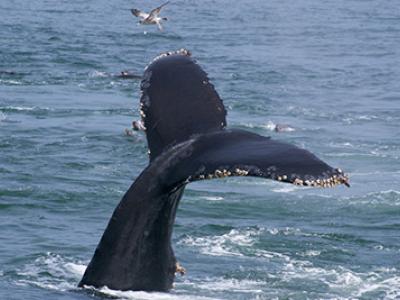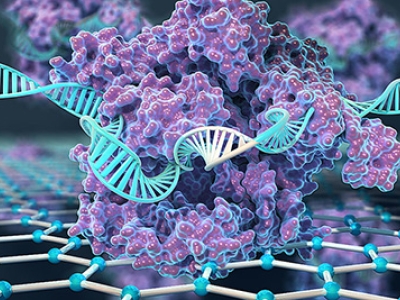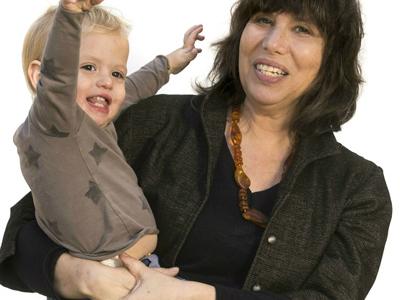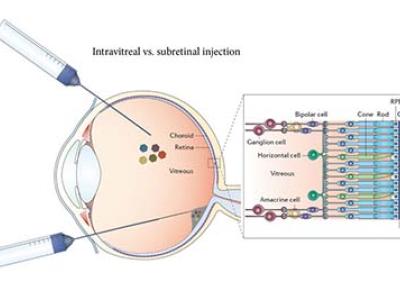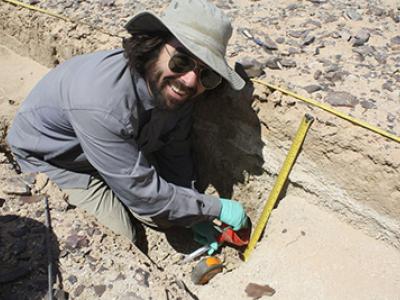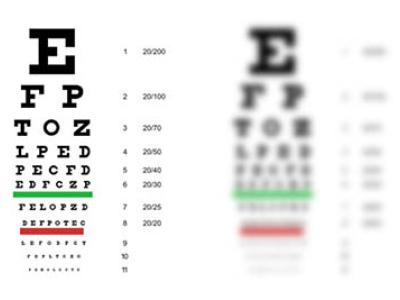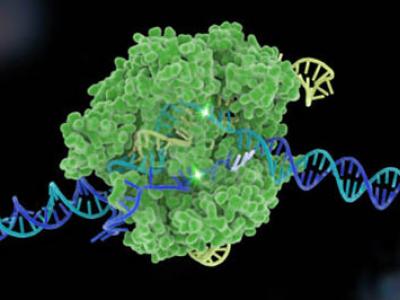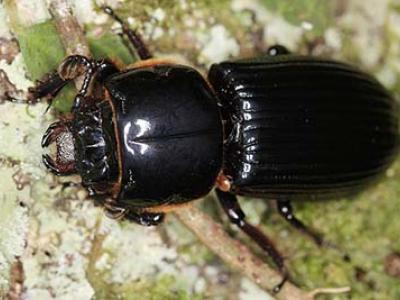Enter Blue, a new low-cost, human-friendly robot conceived and built by a team of researchers at the University of California, Berkeley. Blue was designed to use recent advances in artificial intelligence (AI) and deep reinforcement learning to master intricate human tasks, all while remaining affordable and safe enough that every artificial intelligence researcher — and eventually every home — could have one.
Research News
Learn more about UC Berkeley's researchers and innovators.
Showing 1601 - 1616 of 3463 Results
Many aspects of insulin signaling remain unclear, particularly its long-term effects on cells, and there are currently no effective cures for the hundreds of millions of people around the world living with diabetes. Now, Professor Anders Näär and collaborators from Harvard Medical School (HMS) have made key new insights into the molecular behavior of insulin.
Sticker shock may not have been the only force driving the decline in soda consumption in Berkeley after residents voted to enact the nation’s first soda tax in November 2014. The election, and the vigorous campaigning around the tax that led up to the vote, also may have played a major role in changing habits, shows a new study by economists at the University of California, Berkeley.
A meteor impact 66 million years ago generated a tsunami-like wave in an inland sea that killed and buried fish, mammals, insects and a dinosaur, the first victims of Earth’s last mass extinction event. The death scene from within an hour of the impact has been excavated at an unprecedented fossil site in North Dakota.
A new technique developed by University of California, Berkeley uses inexpensive lab equipment to efficiently infuse large macromolecules into cells. Called nanopore-electroporation, or nanoEP, the technique gently creates fewer than a dozen tiny holes in each cell that are sufficient to let molecules into the cell without traumatizing it.
New research from UC Berkeley suggests that language acquisition between birth and 18 is a remarkable feat of cognition, rather than something humans are just hardwired to do.
Barnacles that hitch rides on the backs of humpback and gray whales not only record details about the whales’ yearly travels, they also retain this information after they become fossilized, helping scientists reconstruct the migrations of whale populations millions of years in the past, according to a new University of California, Berkeley, study.
A team of engineers at the UC Berkeley and the Keck Graduate Institute (KGI) of The Claremont Colleges combined CRISPR with electronic transistors made from graphene to create a new hand-held device that can detect specific genetic mutations in a matter of minutes.
Still depending on your kids to figure out why your smartphone’s acting weird? As a rule, children are wired to explore, experiment and get results through trial and error – usually more quickly than grownups. But why?
University of California, Berkeley, scientists inserted a gene for a green-light receptor into the eyes of blind mice and, a month later, they were navigating around obstacles as easily as mice with no vision problems. The researchers say that, within as little as three years, the gene therapy — delivered via an inactivated virus — could be tried in humans who’ve lost sight because of retinal degeneration, ideally giving them enough vision to move around and potentially restoring their ability to read or watch video.
The pre-Columbian city of Cahokia was once among the most populous and bustling settlements north of Mexico. But by 1400 A.D., Cahokia’s population had dwindled to virtually nothing. While theories abound about what happened to the indigenous people of Cahokia, AJ White, a Ph.D. student in anthropology at UC Berkeley, has studied ancient poop samples to connect the city’s 13th century population plunge – at least in part – to climate change.
A team of researchers led by the Department of Energy’s Lawrence Berkeley National Laboratory (Berkeley Lab) has developed a simple method that could turn ordinary semiconducting materials into quantum machines – superthin devices marked by extraordinary electronic behavior. Such an advancement could help to revolutionize a number of industries aiming for energy-efficient electronic systems – and provide a platform for exotic new physics.
Millions of Americans are progressively losing their sight as cells in their eyes deteriorate, but a new therapy developed by researchers at the University of California, Berkeley, could help prolong useful vision and delay total blindness.
The University of California announced today that the U.S. Patent and Trademark Office (USPTO) issued U.S. Patent Number 10,227,611 covering use of single-molecule RNA guides and Cas9 protein in any cell, thus creating efficient and effective ways for scientists to target and edit genes.
The 2018 trade war cost the American economy $7.8 billion dollars in lost gross domestic product, according to a new paper authored by a team of economists at UC Berkeley, Columbia University, Yale University and UCLA.
In a new study, researchers at UC Berkeley and Berkeley Lab describe how the architecture of the long-horned passalid beetle's gut — and the beneficial microbes that inhabit it — help the beetle carry out an amazing transformation. This knowledge could help scientists engineer more efficient systems for producing bioproducts in the lab.

